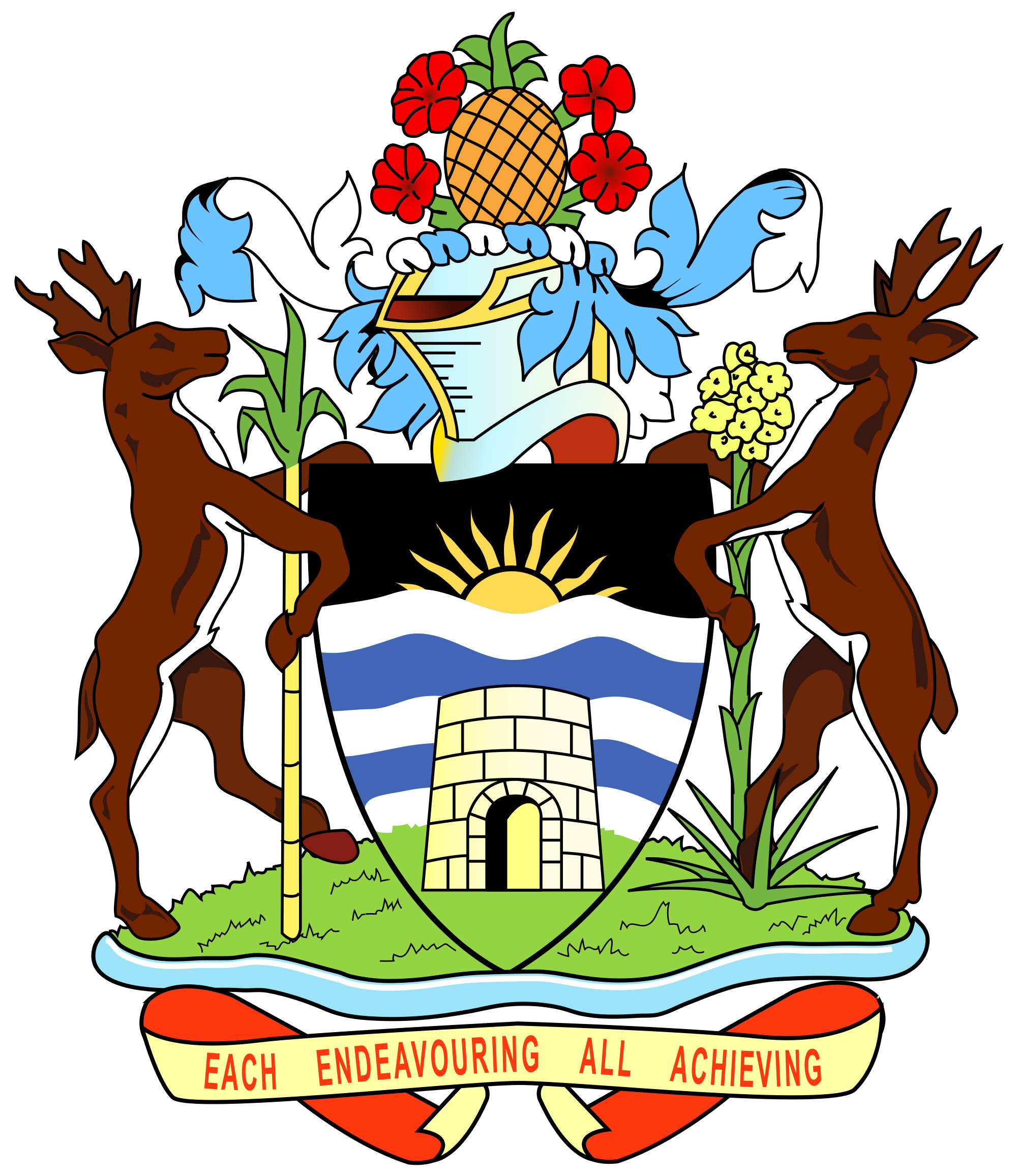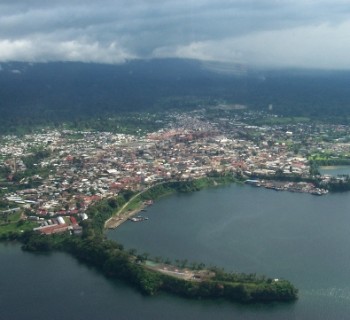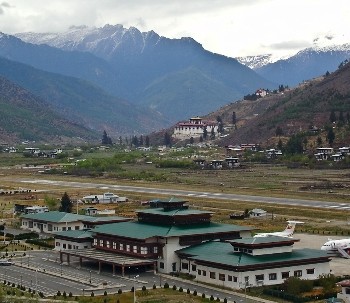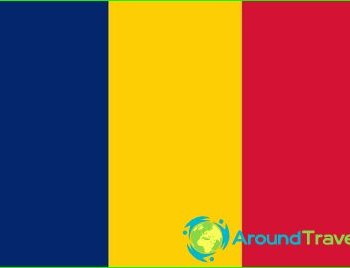Coat of arms of Antigua and Barbuda

Antigua and Barbuda is a state located on the islands of the same name, as well as on the island of Redonda. Like most of the Caribbean countries, after the discovery by Christopher Columbus in 1493, Antigua and Barbuda were immediately colonized by Britain and were under its protectorate until the end of the 20th century. Only in November 1, 1981, this country was able to declare full independence and finally approve the state symbols - the flag and coat of arms of Antigua and Barbuda. And since then they remain unchanged.
Before European colonization, developed statehood did not exist on the designated lands. Due to climatic conditions, the islands did not have large settlements and were home only to small communities of the Arawak, which were later supplanted by the more warlike Caribbean.
However, be that as it may, after these lands became the property of the British Empire, the island's infrastructure was significantly improved, and the dispersed local settlements were united. Later, slaves from Africa were brought here to work on the plantations, who later assimilated with the local population and form a new ethnic group. It is she who, in a few centuries, will become the backbone of the nation of the newly formed state of Antigua and Barbuda..
Elements of the coat of arms of the country
Interestingly enough, the official state symbols were approved here even before the declaration of full independence, on February 16, 1967, and the British Gordon Christopher was engaged in its development. Moreover, his work was so much to the taste of the country's population that even after gaining full independence, it was left unchanged..
The symbolism of the coat of arms is rather complicated. Traditionally, a shield is located in its center, which depicts the sun, waves (a symbol of the sea), and a sugar factory stylized as ruins. This is a kind of reference to the history of the modern state of Antigua and Barbuda, which began with the arrival of the colonists..
The following plants are located around the shield: pineapple; red hibiscus; yucca; sugar cane. They are the national treasure of the islands, and their export largely fills the budget of Antigua and Barbuda, so it is not in vain that they take their place on the coat of arms. Deer act as supporters. And although they are more traditional for European countries, in this case they fit well into the overall picture and symbolize the wildlife of the islands..


